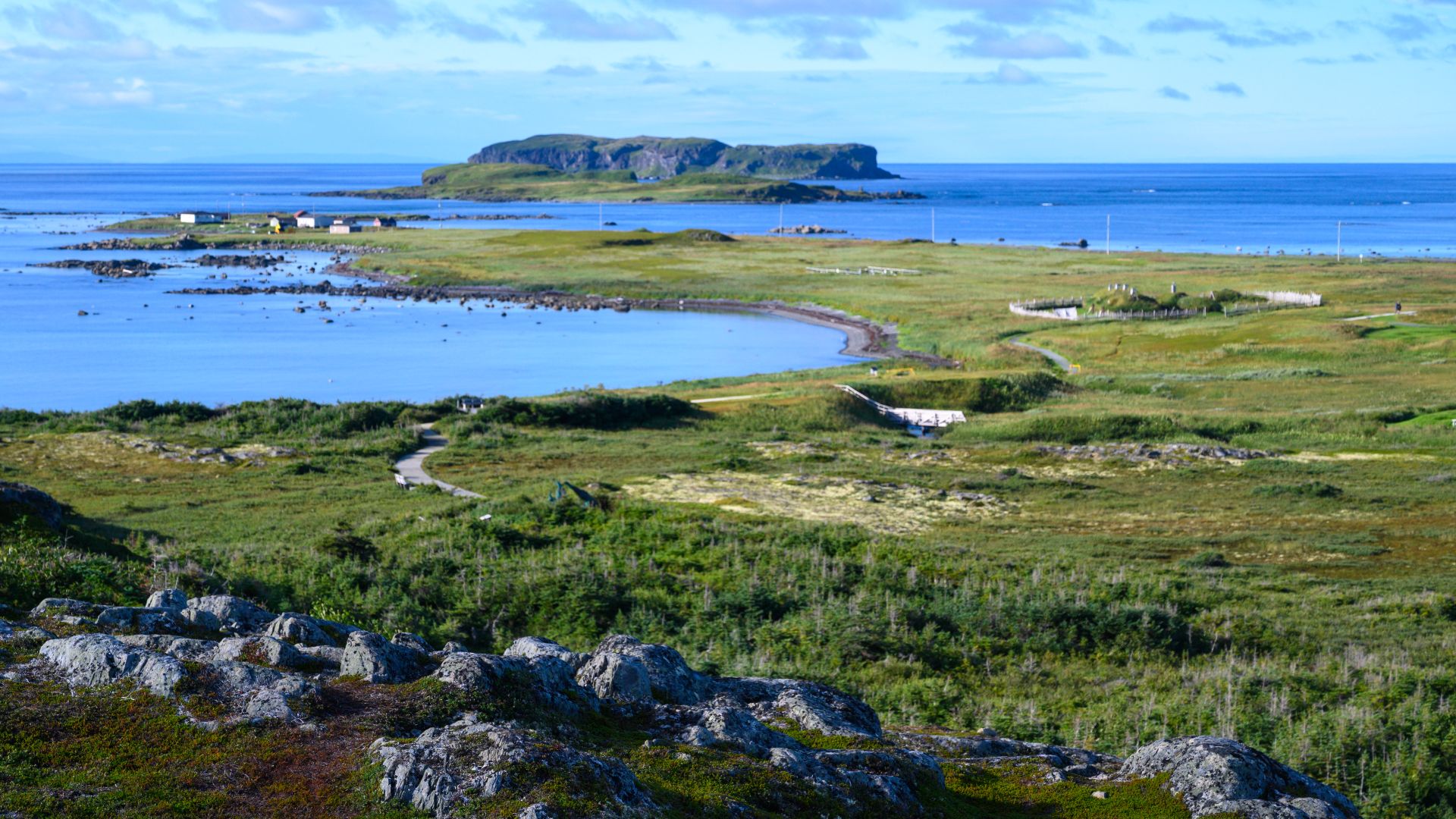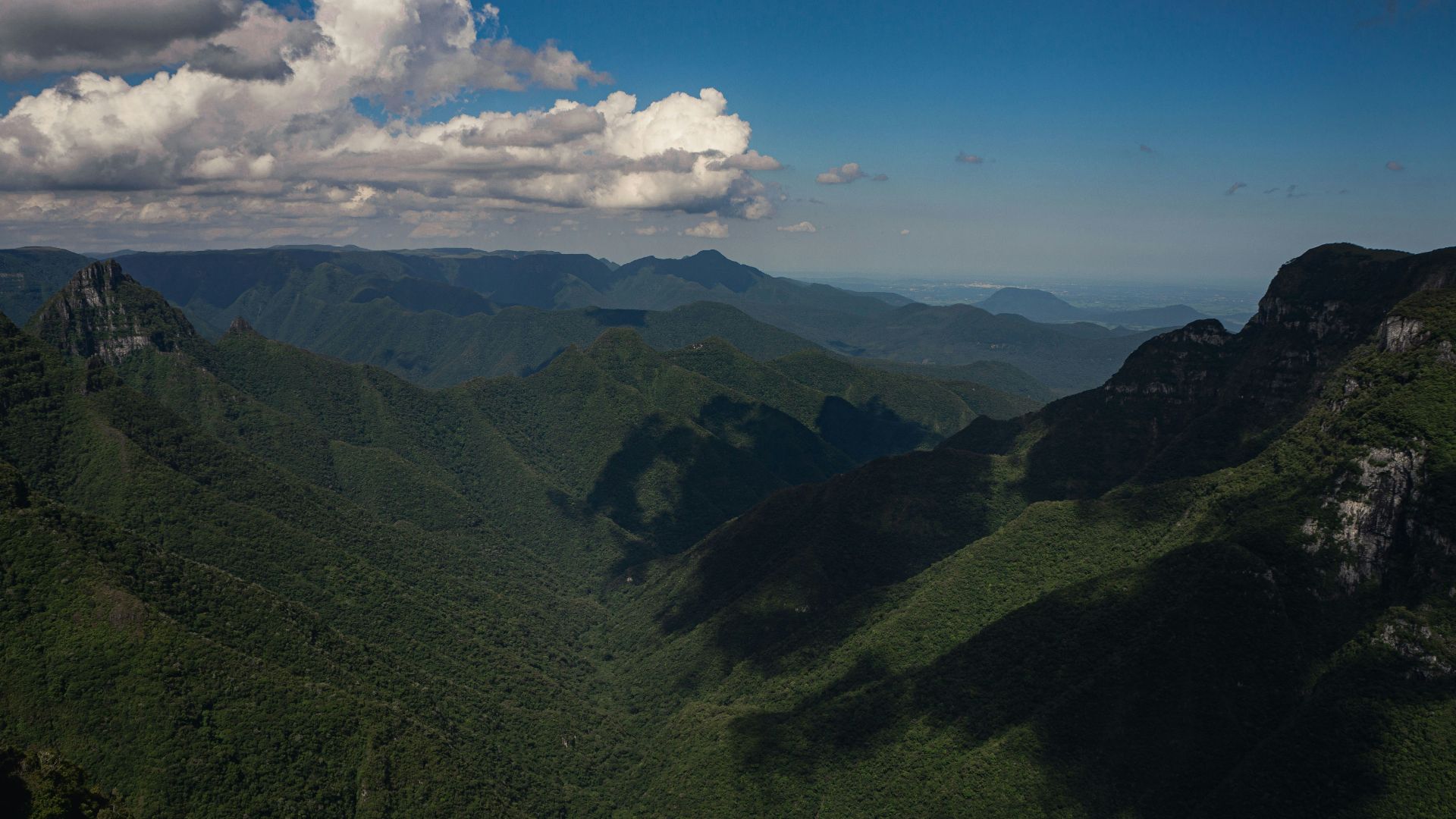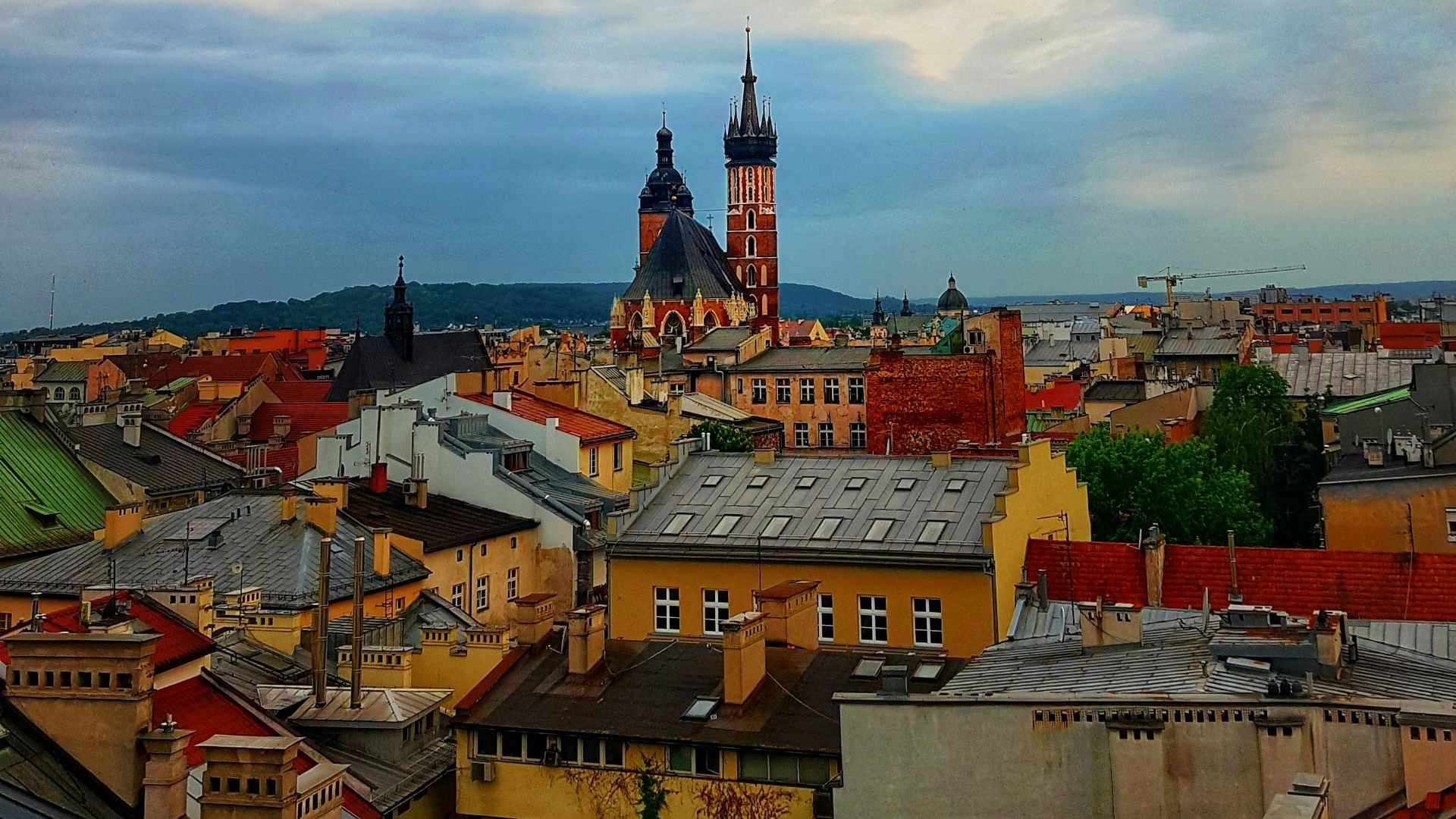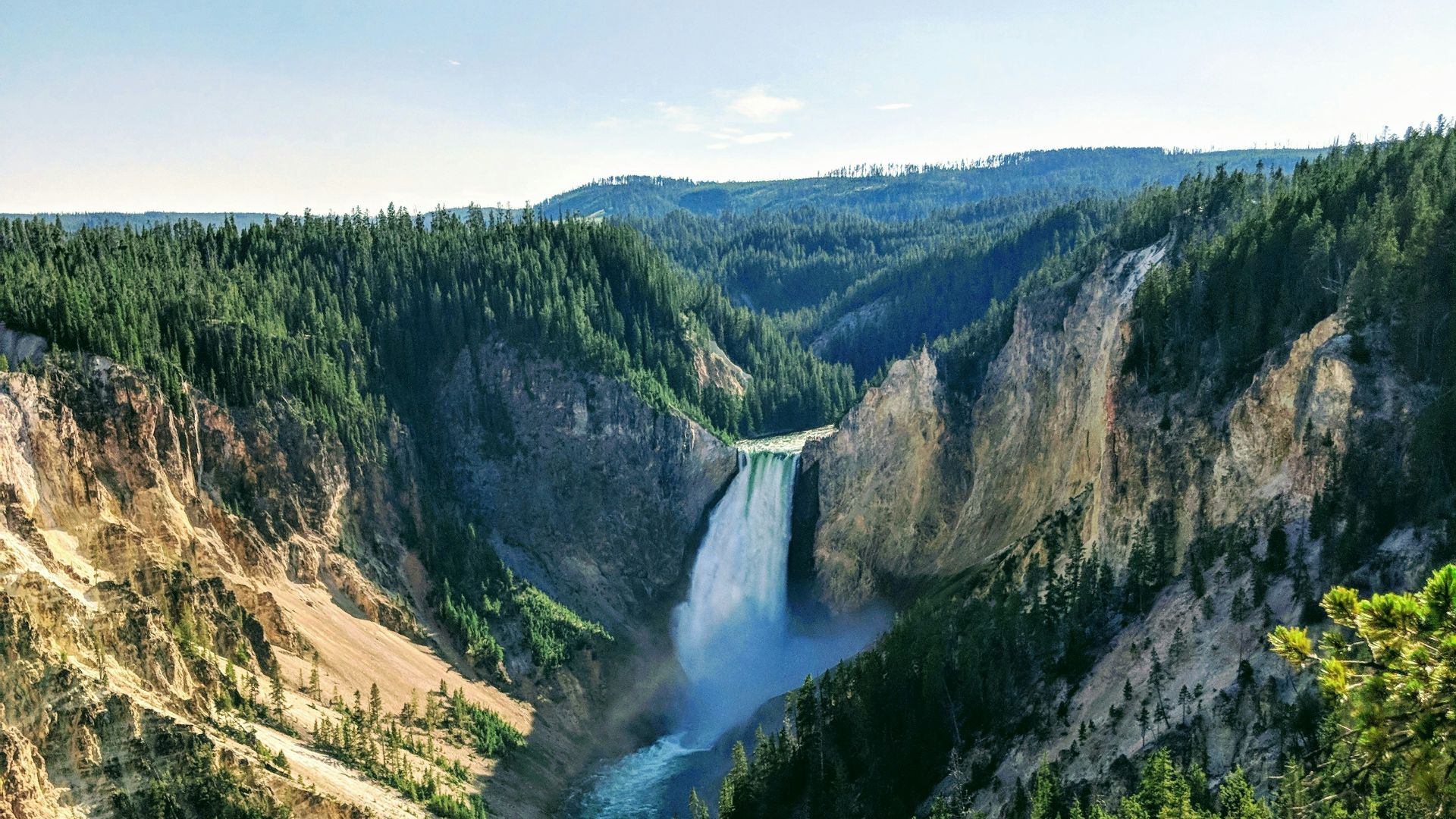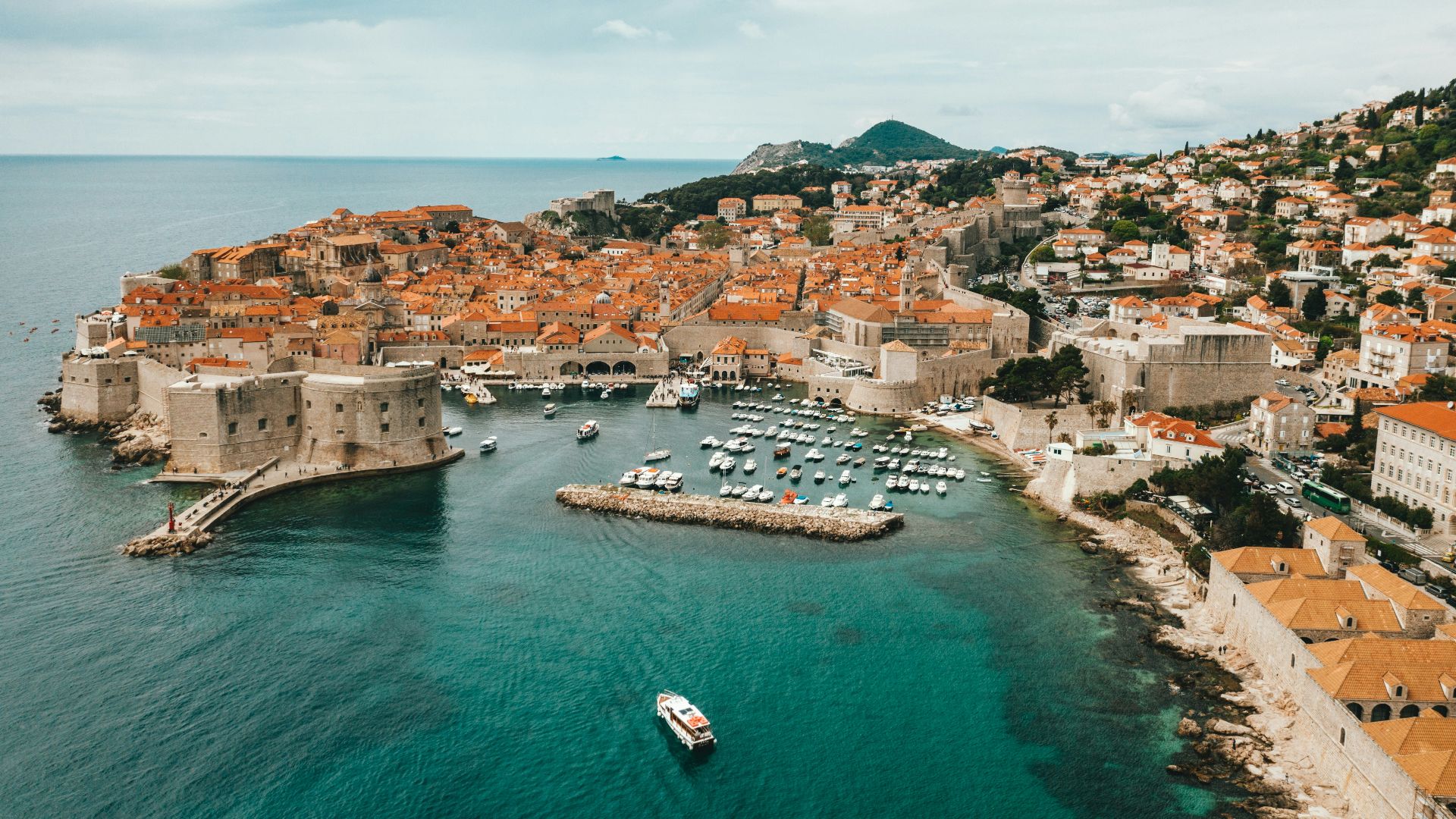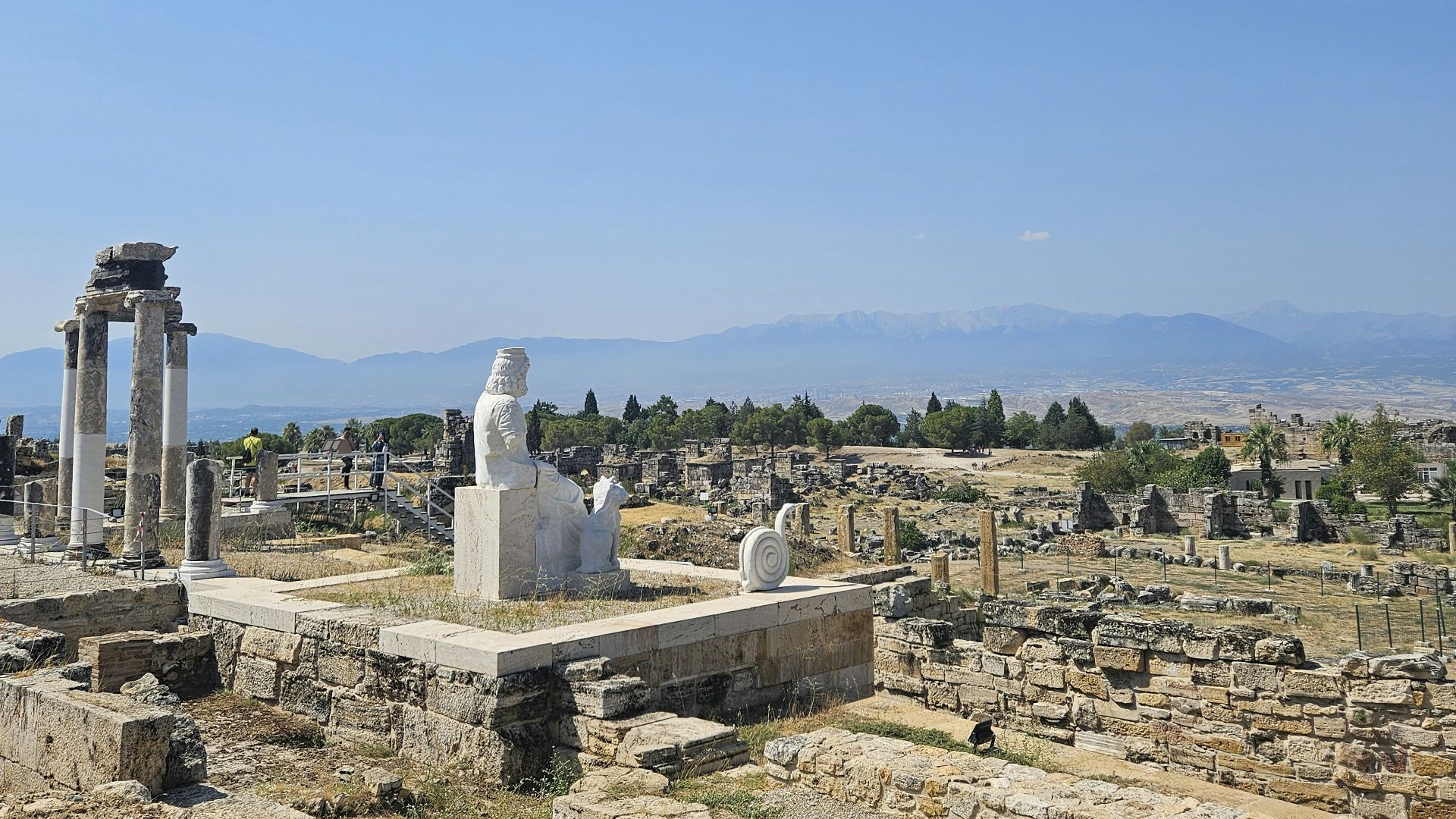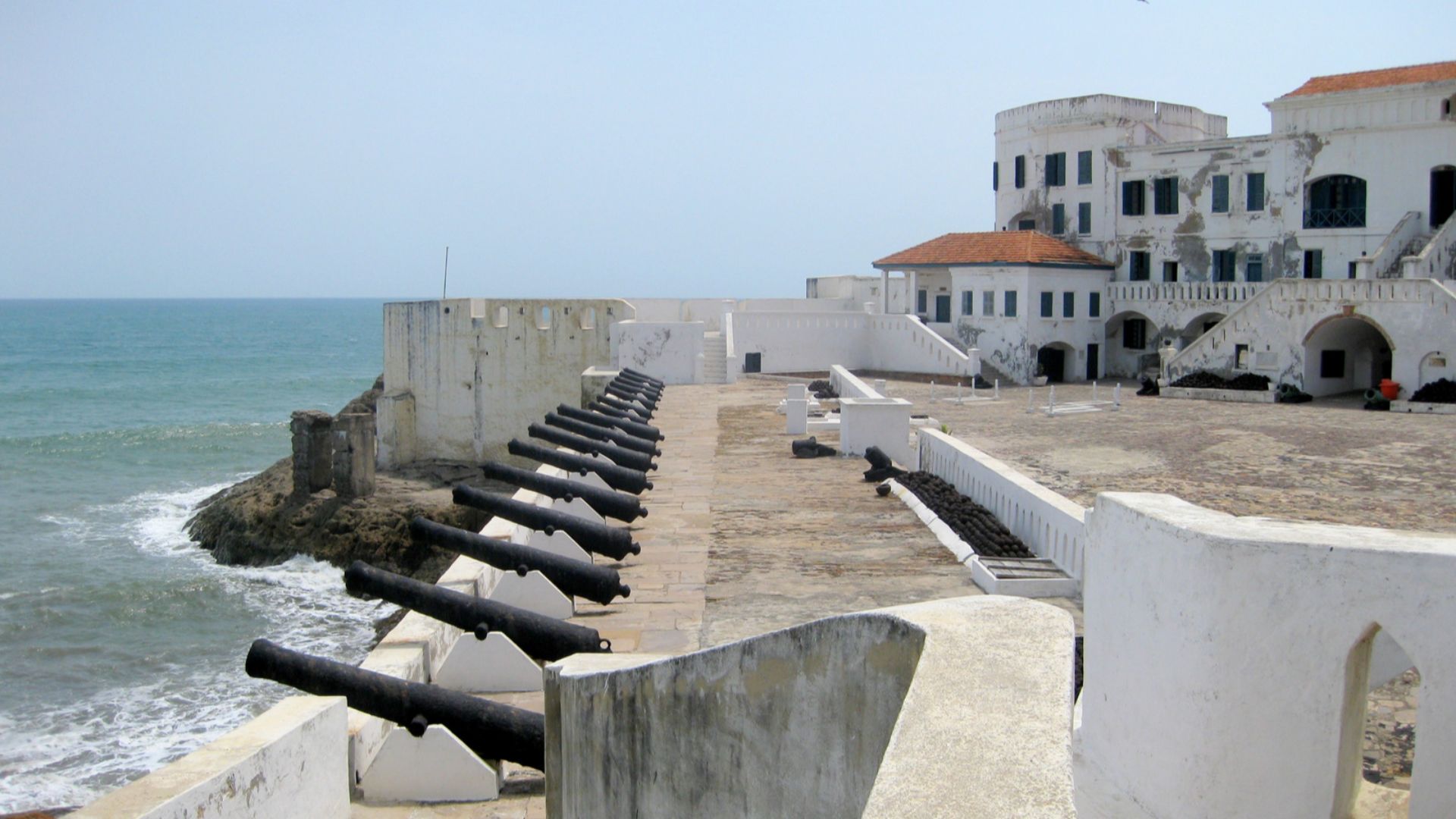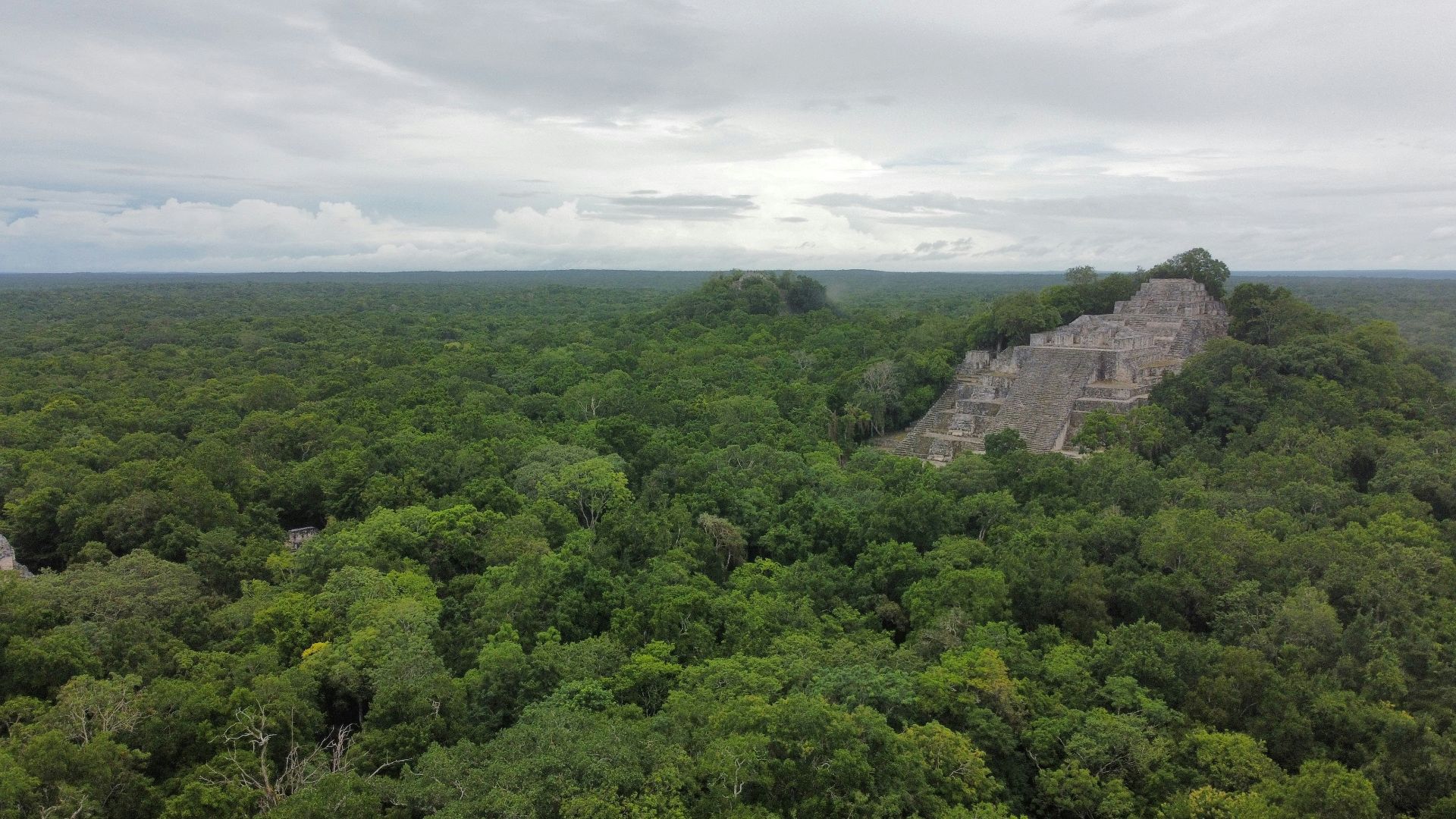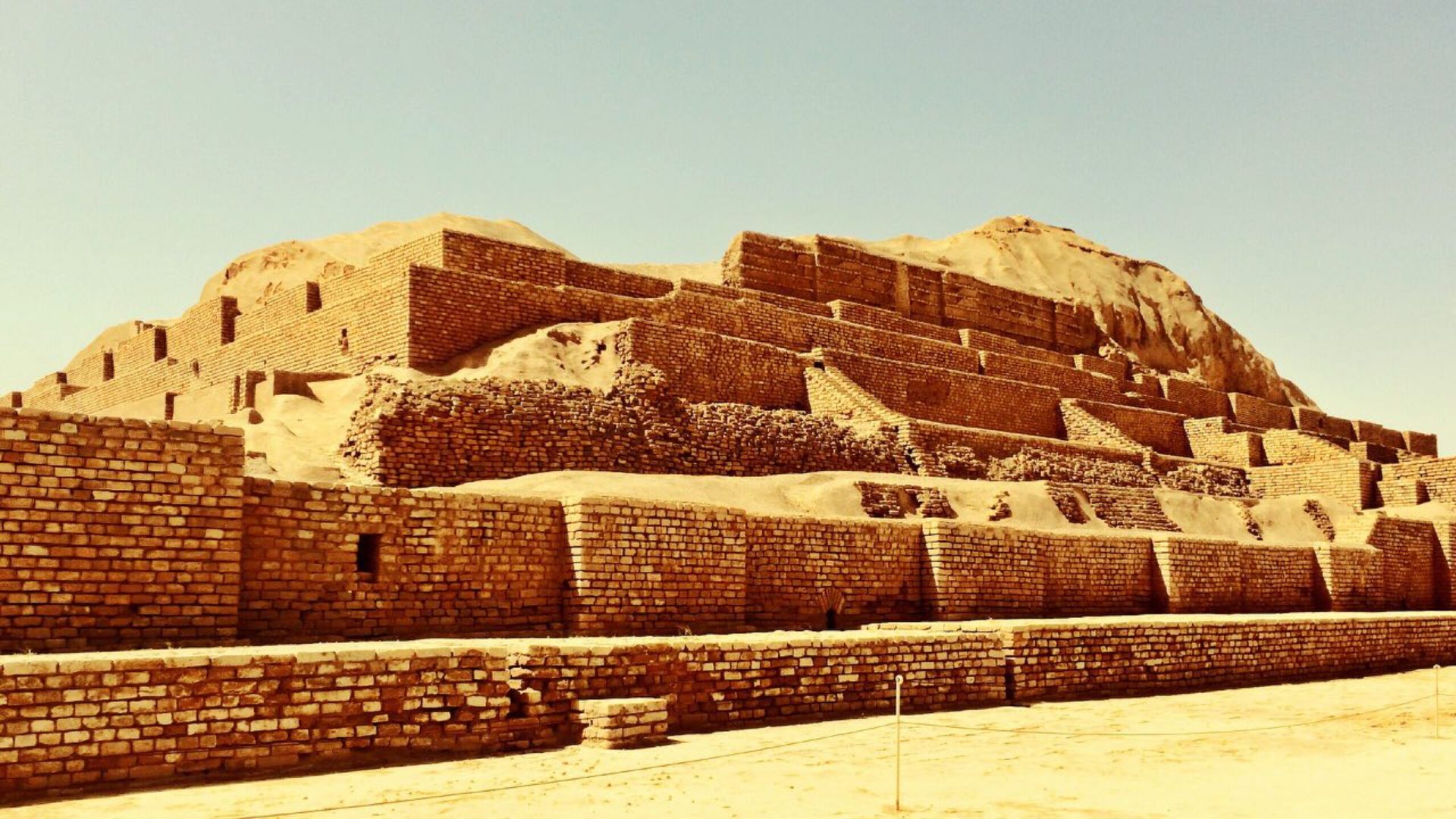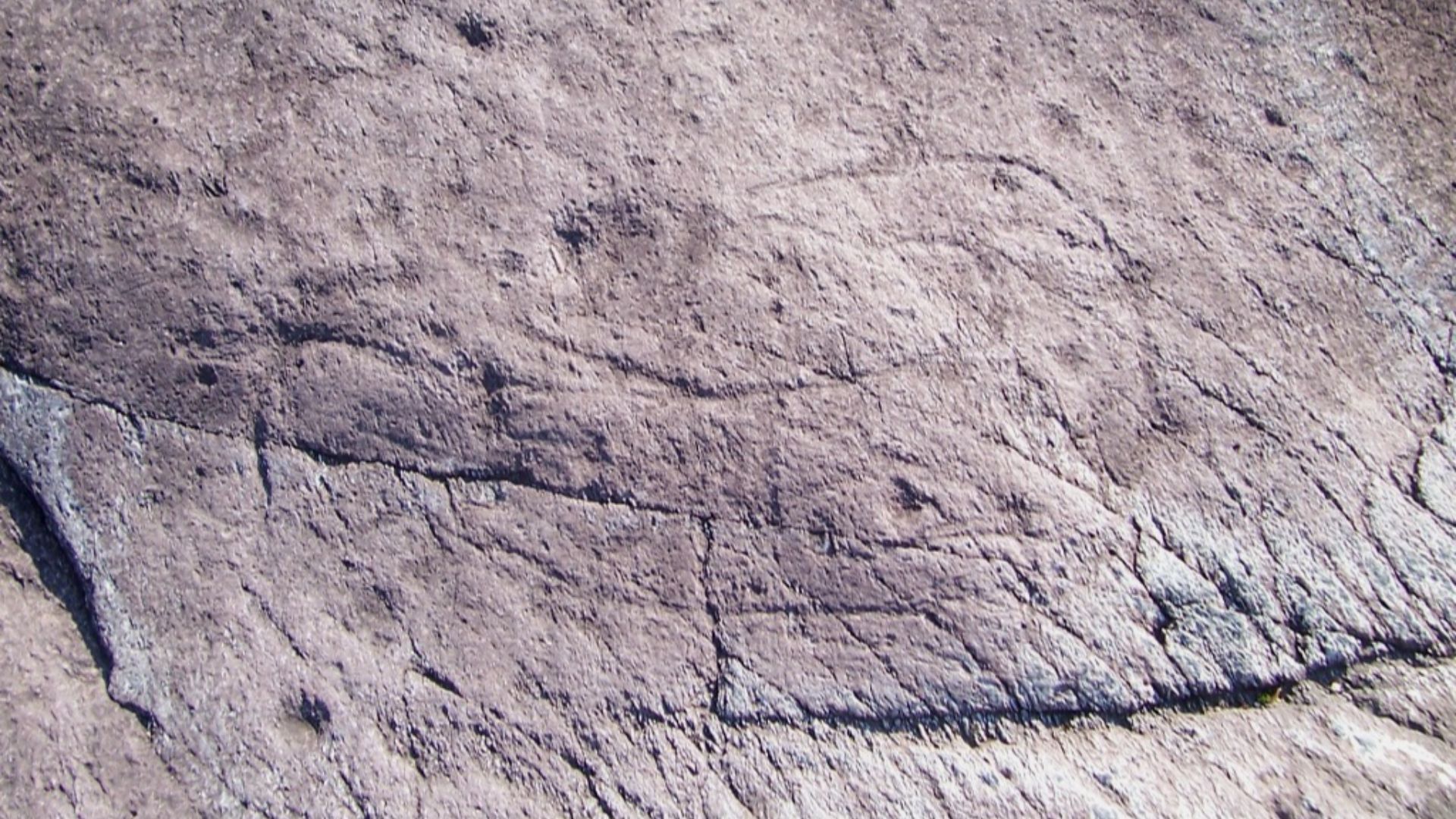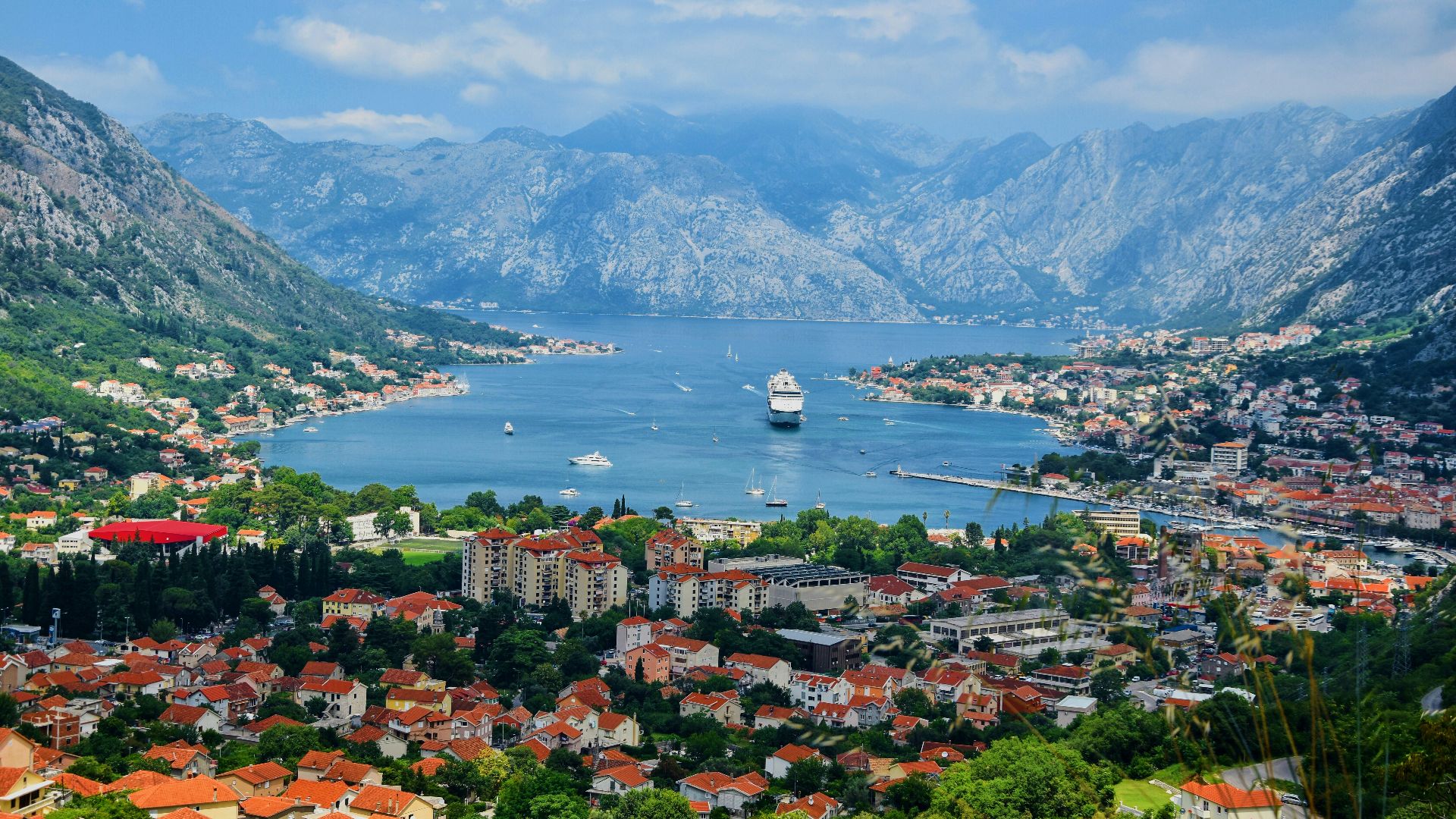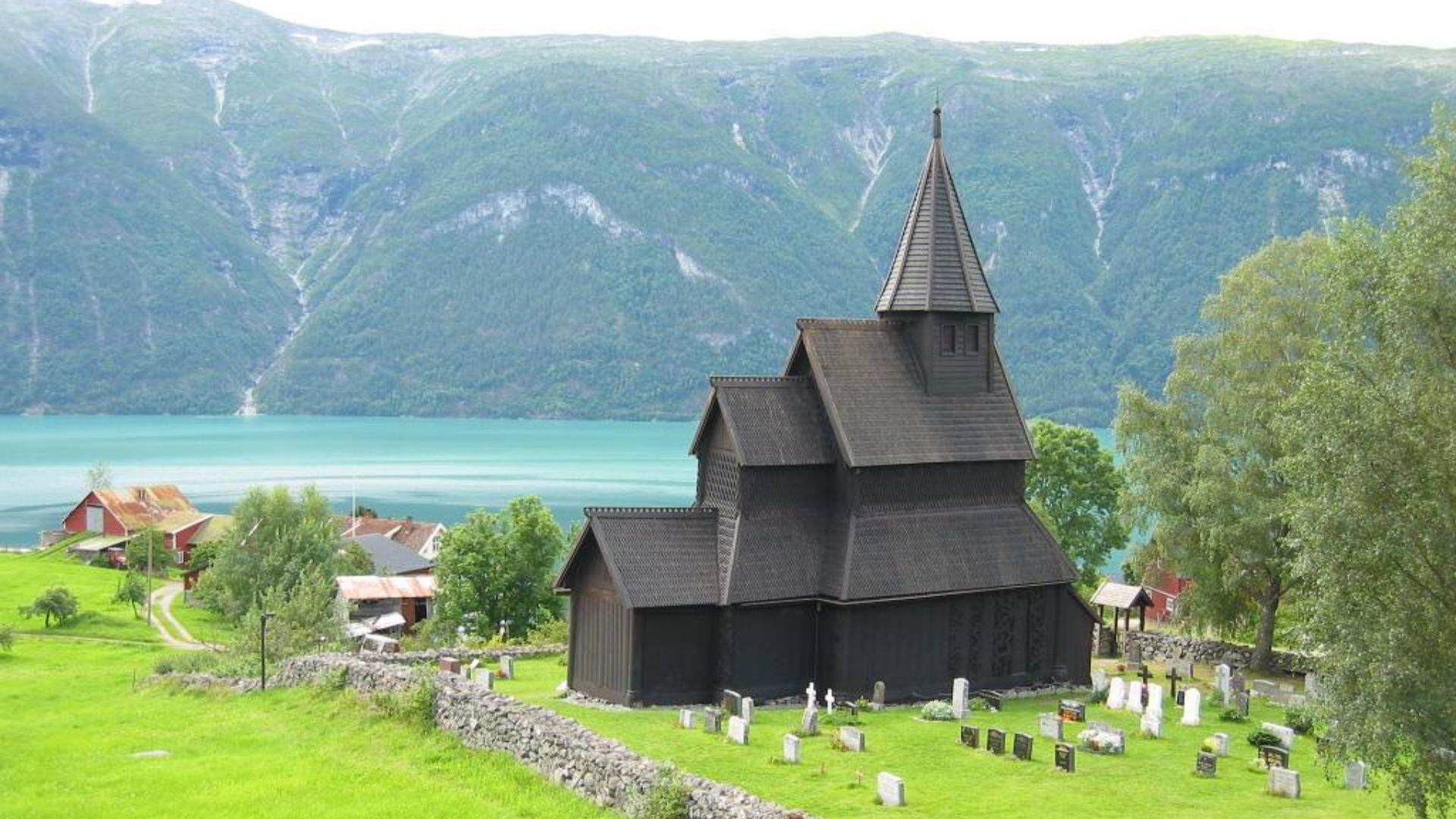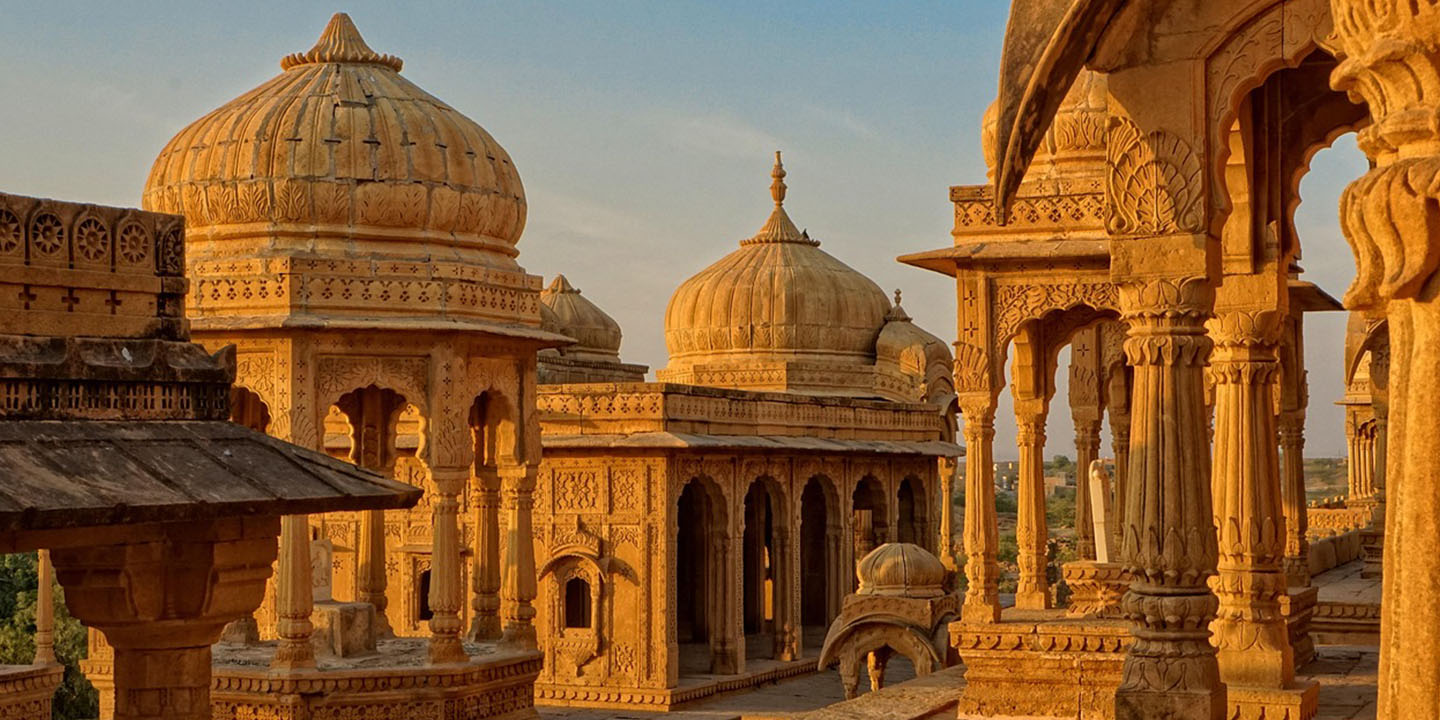The Firsts Of Many
The UNESCO World Heritage Convention was established in 1972 and has done stellar work at identifying, protecting, and maintaining natural and man-made structures since its inception. It started granting World Heritage Status in 1978, with a total of 57 sites inscribed between 78 and 79. Today, UNESCO protects nearly 1,250 properties around the world.
1. L’Anse Aux Meadows
This 1,000-year-old Norse settlement is located in the Canadian province of Newfoundland and Labrador. It spans 8,000 hectares (31 sq mi) of land and sea, and contains 8 buildings that are carbon-dated between 990 and 1050 CE. This area is the only undisputed site of pre-Columbian trans-oceanic contact between Europe and the Americas.
2. Galápagos Islands
This archipelago of volcanic islands was the very first World Heritage Site ever recognized. It is a hotbed of scientific activity, with a large number of species that are specific to this geographical area. The islands were colonized by the Ecuadorian Navy in the 1830s.
3. Simien Mountains National Park
Spanning 412 km² (159 sq mi), this site is the largest national park in Ethiopia. It covers the highest parts of the mountain range, including Ethiopia’s highest point, Ras Dashan, and is home to several endangered species.
4. Aachen Cathedral
This cathedral was built in 796 CE as a royal chapel for Emperor Charlemagne. It’s considered one of Europe’s oldest cathedral buildings, and saw the coronation of 31 German kings and 12 queens, and is a place of great importance to the Holy Roman Empire.
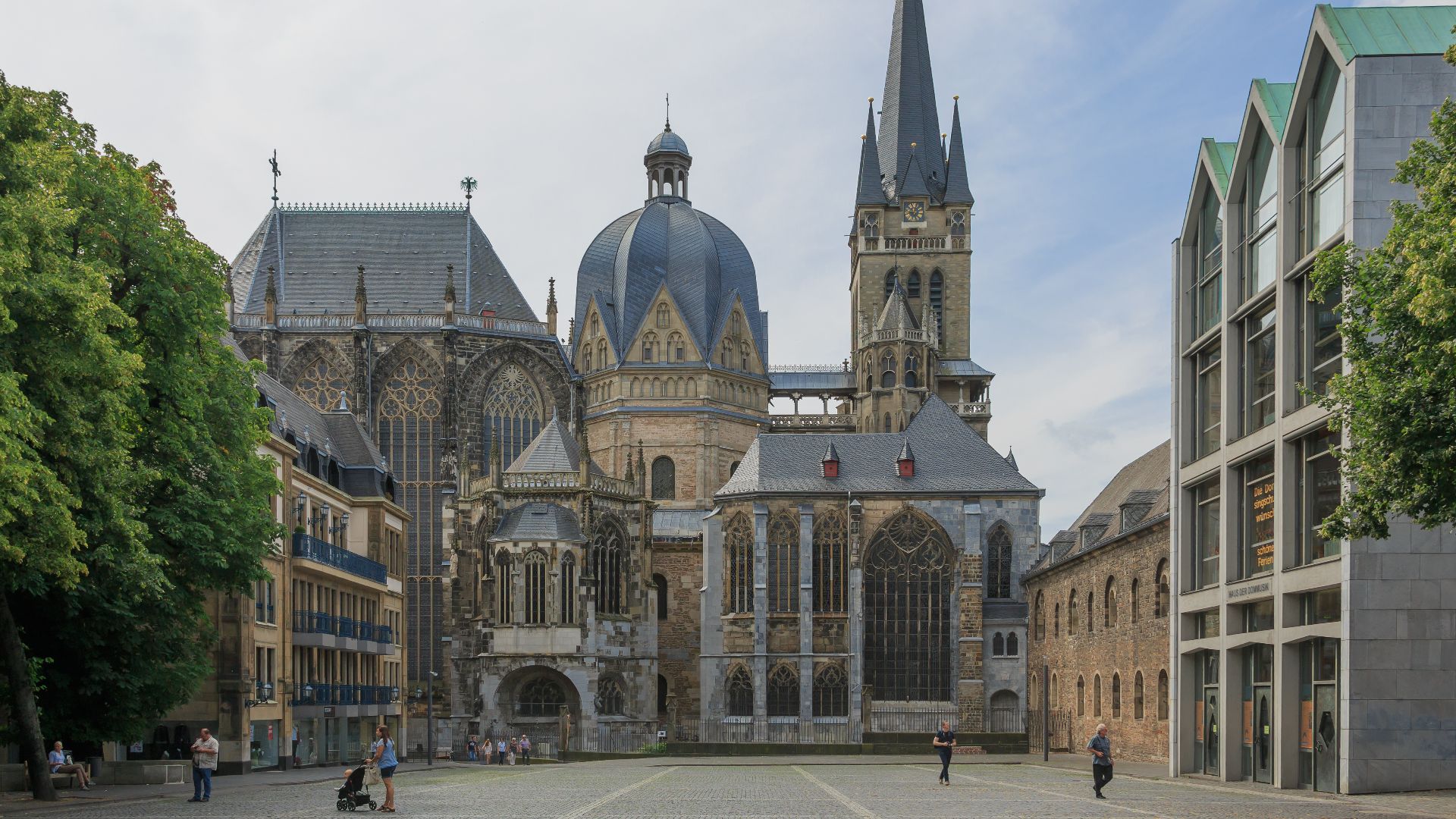 CEphoto, Uwe Aranas on Wikimedia
CEphoto, Uwe Aranas on Wikimedia
5. Kraków Old Town
If you’ve ever wanted to step into a 13th-century town, Poland is the place to do so. Kraków Old Town is a 370-acre area located in Planty Park, and served as the center of Poland’s political life from 1038 to 1596.
6. Gorée
This island is one of 19 districts of Dakar, Senegal, spanning only 3,000 ft (900 m) in length and 1,150 ft (350 m) in width. It was a major center for the Atlantic slave trade, settled by Portuguese traders in 1444. It was added as a heritage site in 1978, but largely serves as a memorial to those who suffered during the slave trade.
7. Yellowstone National Park
Located in the northwest corner of Wyoming, this famous American park is widely considered to be the first national park in the world. It’s well-loved for its famous geothermal feature, Old Faithful, and was the United States’s first heritage site.
8. Boyana Church
Located just outside of Bulgaria’s capital, this two-story church was originally constructed in the late 10th or early 11th century. It’s full of 11th-century frescoes (mural paintings) that depict the life of Saint Nicholas, as well as the Bulgarian tsar Constantine Tikh.
 Interact-Bulgaria on Wikimedia
Interact-Bulgaria on Wikimedia
9. Dubrovnik
Known historically as Ragusa, this 239-acre area is located in the south of Croatia. It’s one of the Mediterranean’s most popular tourist destinations, and was likely founded by ancient Greek refugees in the 7th century.
10. Virunga National Park
This park, located in the Democratic Republic of the Congo, covers an area of 3,120 sq mi (8,090 sq km). It was added as a World Heritage Site in ‘79 due to its rich biodiversity, as well as its home to the endangered mountain gorilla.
 User: (WT-shared) Cai at wts wikivoyage on Wikimedia
User: (WT-shared) Cai at wts wikivoyage on Wikimedia
11. Theban Necropolis
Located on the west bank of Upper Egypt, this area was used for ritual burials during the country’s Pharaonic period. It contains mortuary temples of at least 13 pharaohs, including Hatshepsut, Seti I, and Ramesses II.
12. Palace Of Versailles
Commissioned by King Louis XIV in the late 15th century, this famous palace was the unofficial capital of France for most of the 15th and 16th centuries. It was largely abandoned during the French Revolution, but was restored as a museum of French History in the 1830s.
13. Central And Western Regions Of Greater Accra
This geographical area was once a hotbed of activity, covering 310 miles (500 km) of Ghana’s coast. The structures found along this trail were established by the Portuguese as links in trading routes, which were erected between 1482 and 1786.
14. Tikal National Park
This protected site stretches 220 sq mi across the northern region of Guatemala. It contains the ancient Mayan city of Tikal, and was protected by UNESCO due to this archaeological find, as well as the diverse ecology included in the area.
15. Chogha Zanbil
This structure was likely built in the 14th or 13th centuries BCE. Located in Iran, it’s one of the few existing ziggurats (massive structures) found outside of Mesopotamia. It’s also considered to be the best-preserved example of the stepped pyramidal monument.
16. Rock Drawings In Valcamonica
This geographical area is located in Italy's Brescia province, and contains the largest collections of prehistoric petroglyphs in the world. These drawings were likely made over a time period of 8 thousand years, carbon-dated to before the Iron Age began.
17. Natural And Cultural-Historical Region Of Kotor
Located in Montenegro, this historic town was built by the ancient Romans in the 5th century BCE. It contains notable medieval buildings like the Cathedral of Saint Tryphon and the castle of St. John. The area became a World Heritage Site, and was also listed on UNESCO’s danger list in 1979, due to an earthquake damaging a lot of the area’s structures.
18. Kathmandu Valley
This bowl-shaped valley is located in the Himalayan mountain range of Nepal. It was likely inhabited as early as 300 BCE, and the site contains at least 130 ancient monuments and holds seven World Heritage Sites within its borders.
19. Urnes Stave Church
Located in Norway, this structure is the country’s oldest stave church. While it's actually the third church to be built on that exact site, this particular structure was still erected around 1130. The church is regarded to be a visual link between Christian architecture and the preexisting art forms of the Viking Age.
20. Ancient City Of Damascus
This city center is located in Syria, and is one of the oldest continuously inhabited cities in the world. It has countless historical structures from Hellenistic, Roman, Byzantine, and Islamic cultures, and is also home to the Umayyad mosque, one of the oldest and largest mosques worldwide.



